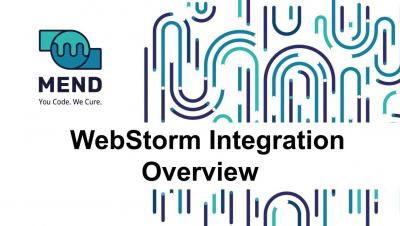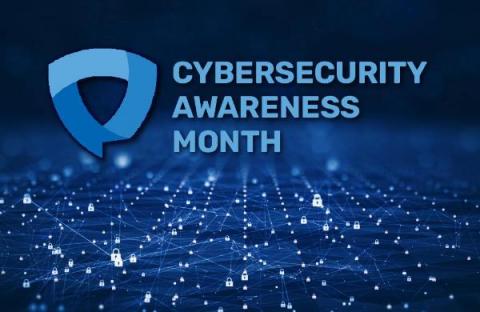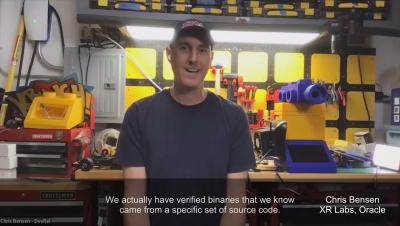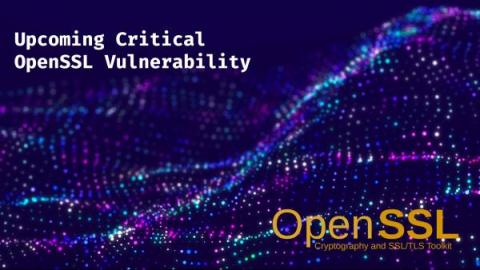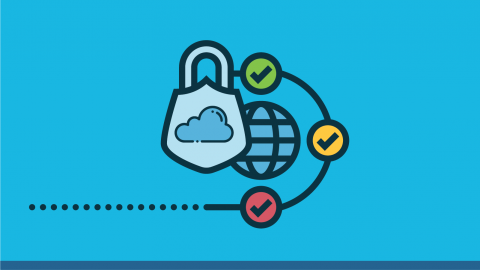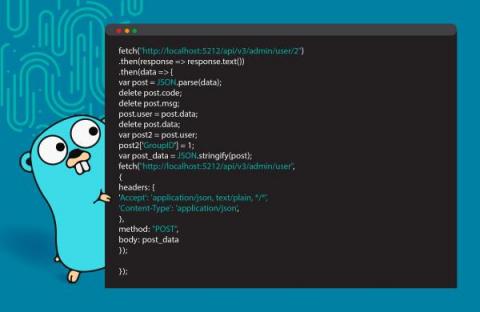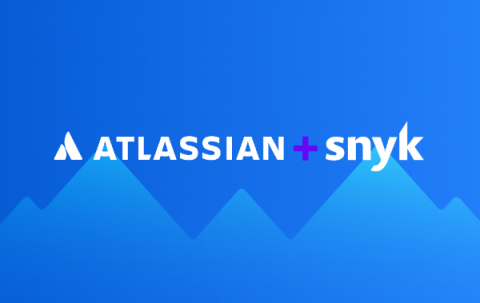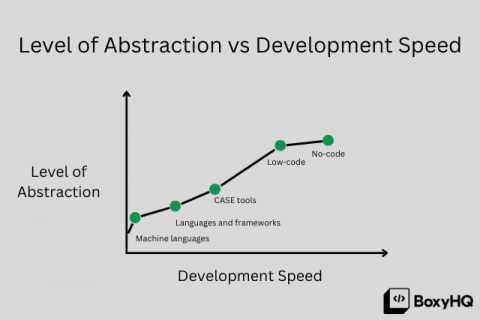Security | Threat Detection | Cyberattacks | DevSecOps | Compliance
DevOps
It's Cybersecurity Awareness Month-So Let's Talk Automation and Home Security
At this point, anybody in the IT world would have to be living in a cave in the wilderness to not know that October is Cybersecurity Awareness Month. (And since there’s no Wi-Fi in wilderness caves, that scenario is admittedly unlikely.) This week, I wanted to take a closer look at a couple topics, one for work and one at home.
Pyrsia OSS Project
Meet our partner experts and learn more about how JFrog's Pyrsia project (the decentralized package network) works hard to secure the #softwaresupplychain! Learn more at https://pyrsia.io/.
#DevOps #DevSecOps
Upcoming Critical OpenSSL Vulnerability
Transitioning to ABAC: Protect Your Data as You Move to the Cloud
As enterprises move their applications to the cloud, they’re adopting finer-grained authorization for their users in order to better secure architectures and applications. Today, many, if not most, organizations use a role-based access control (RBAC) model for secure access. But as the push for fine-grained control grows, many organizations are asking: should we transition to attribute-based access control (ABAC)?
Modern AppSec Moves Beyond Shift Left to Shift Smart
This is the third of a six-part blog series that highlights findings from a new Mend white paper, Five Principles of Modern Application Security Programs. Be sure to look out for our upcoming blogs on each of the five principles.
A Rash of Recent CVEs in Go
At 12 years old, Go is a relatively new programming language–but it’s a popular one when it comes to cloud-native computing. CockroachDB, Docker, Kubernetes, and AdGuardHome (byAdGuard) are all built on Go, and the Go GitHub repository has over 105,000 stars, putting it in third place as a GitHub star leader.
Kubescape adds CIS benchmark, boosting security and compliance scanning
Snyk's new native integration with Bitbucket Cloud emphasizes dev-first security
Snyk is excited to announce a new, native integration with Atlassian Bitbucket Cloud. This new release improves Snyk’s functionality within Bitbucket Cloud, making installation faster, and easier to implement. Our Bitbucket integration is the first out-of-the-box embedded security experience within the Atlassian UI, enabling users to access high vulnerability counts and rich contextual information right from their native Bitbucket workflow.
How low-code solutions are changing how we build products and workflows
We have all heard the terms low-code or no-code being thrown around as buzzwords over the last few years but what does this mean and how is it changing the way businesses and individuals solve problems? I am going to use our product SAML Jackson to explain how low-code solutions are changing the way we build products.


